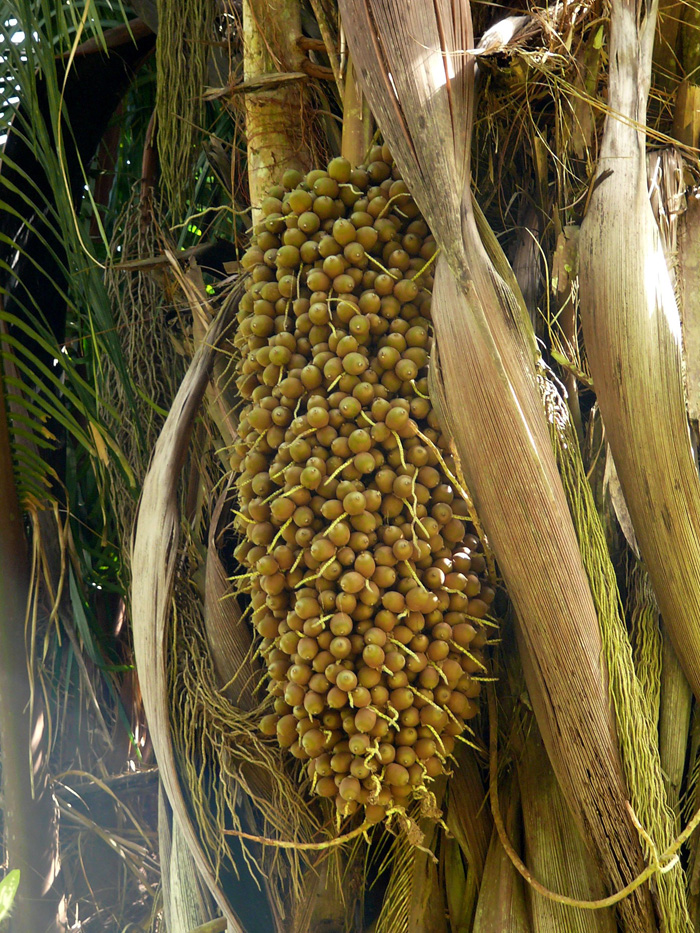In 2006, Colombia imported 1,121 tons of olive oil, paying close to 5 million dollars. This expenditure could have been avoided by taking advantage of a Colombian palm known as milpesos or seje (Oenocarpus bataua), from which a similar substance with high protein content is extracted.
This is one of the outcomes presented by professors Gloria Galeano and Rodrigo Bernal, who specified the morphological data, geographical and ecological distribution, common, scientific and indigenous names, as well as the uses of native species in the country in a 688 book called Colombian Palms " a field guide.
Privileged terms of diversity
With 231 species and 44 genera, Colombia is the second country with the biggest biodiversity in the world, after Brazil. The third is Malaysia. They are present is almost the entire Colombian territory, which means they have different uses, since they provide different things for men. Likewise, they are important for ecosystems and provide food and shelter for wild fauna.
Roofs, walls, hammocks, handcrafts, backpacks to carry stuff, energetic drinks and marimbas are manufactured with wood or derivates from palm, which makes life possible in some regions. At least 142 wild species are used for different purposes, especially for construction, food, manufacturing and for medicinal, cosmetic and ritual purposes.
For instance, the American Oil palm (Attalea butyracea), located in dry regions in Colombia, provides the biggest number of uses in the territory: close to 36. Leaves are the most important roof material in huge territories of Guaviare River. Around the municipalities of Honda and Melgar they are cut to obtain sap, which is fermented and sold as wine.
From the mesocarp (the fruits" pulp) and the seeds, fat with 60% of semisolid white oil is extracted, which is perfect to elaborate margarine and cosmetics. However, one of the most important qualities is their potential as a source of sugar and biofuel, which is obtained through the extraction of the sap that comes out when their inflorescences are cut. An option that, according to experts, is necessary to explore.
Therefore, the researchers found in their study that, in a country where the main sectors (mining, cattle farming, oil extraction) deforest and degrade the land, palms are a resource that produces the opposite effect: they preserve the fauna and flora, as well as the nutrients of the soil. Besides, they produce large amounts of biomass that captures carbon and provide a source of food for birds and mammals.
"We want to contribute to the spreading of scientific knowledge to support the decision making regarding natural resources, represented in this case by the group of palms, which have an extraordinary economic potential for the country," asserted the authors.
This is just one part of the vast information presented in the book, which biggest projection is serving as a tool to bridge the gap between science, community, poverty and development.
For reading the complete article, please visit: http://www.unperiodico.unal.edu.co/dper/article/palmas-nativas-en-eminente-riesgo/index.html
 Correo Electrónico
Correo Electrónico
 DNINFOA - SIA
DNINFOA - SIA
 Bibliotecas
Bibliotecas
 Convocatorias
Convocatorias
 Identidad UNAL
Identidad UNAL





